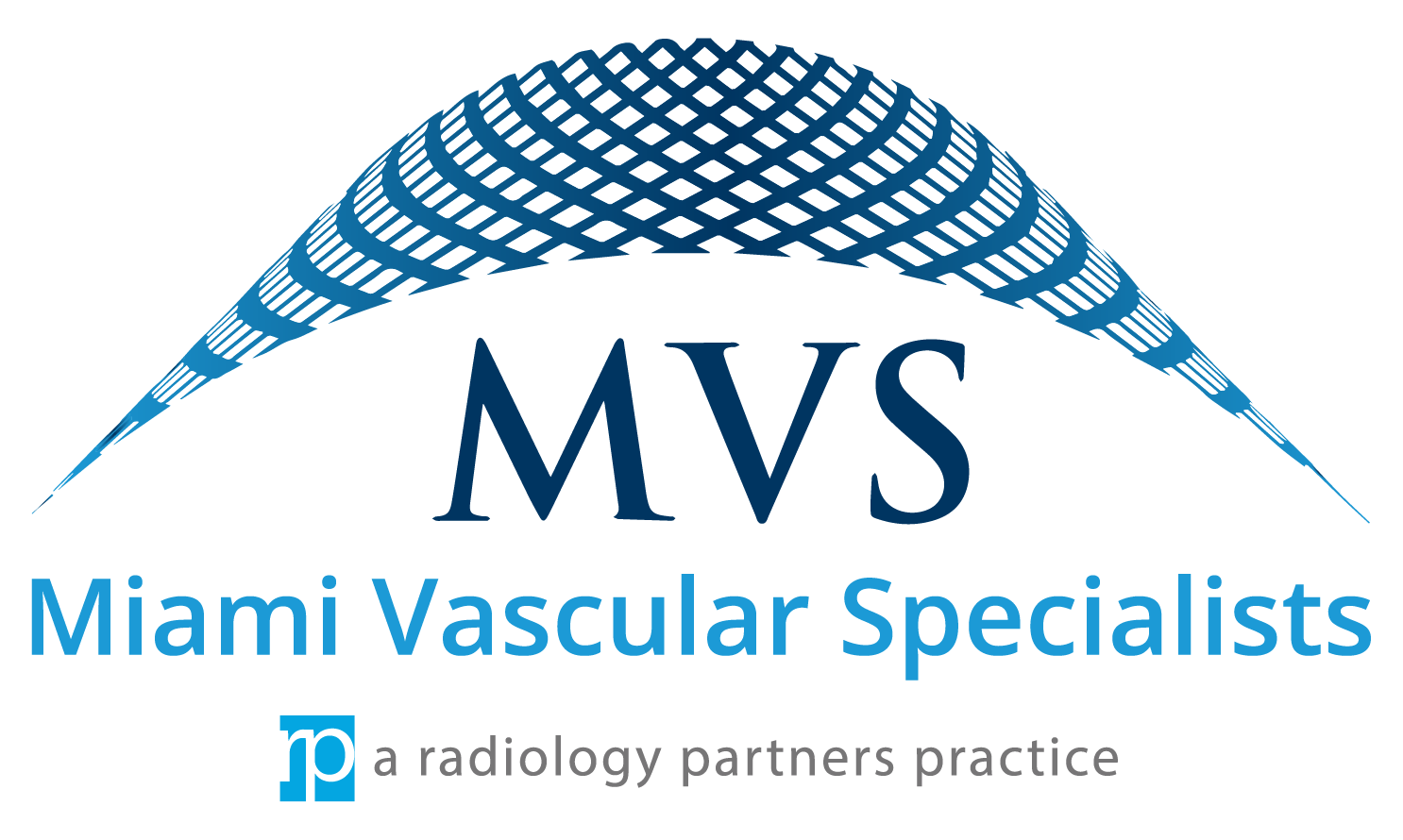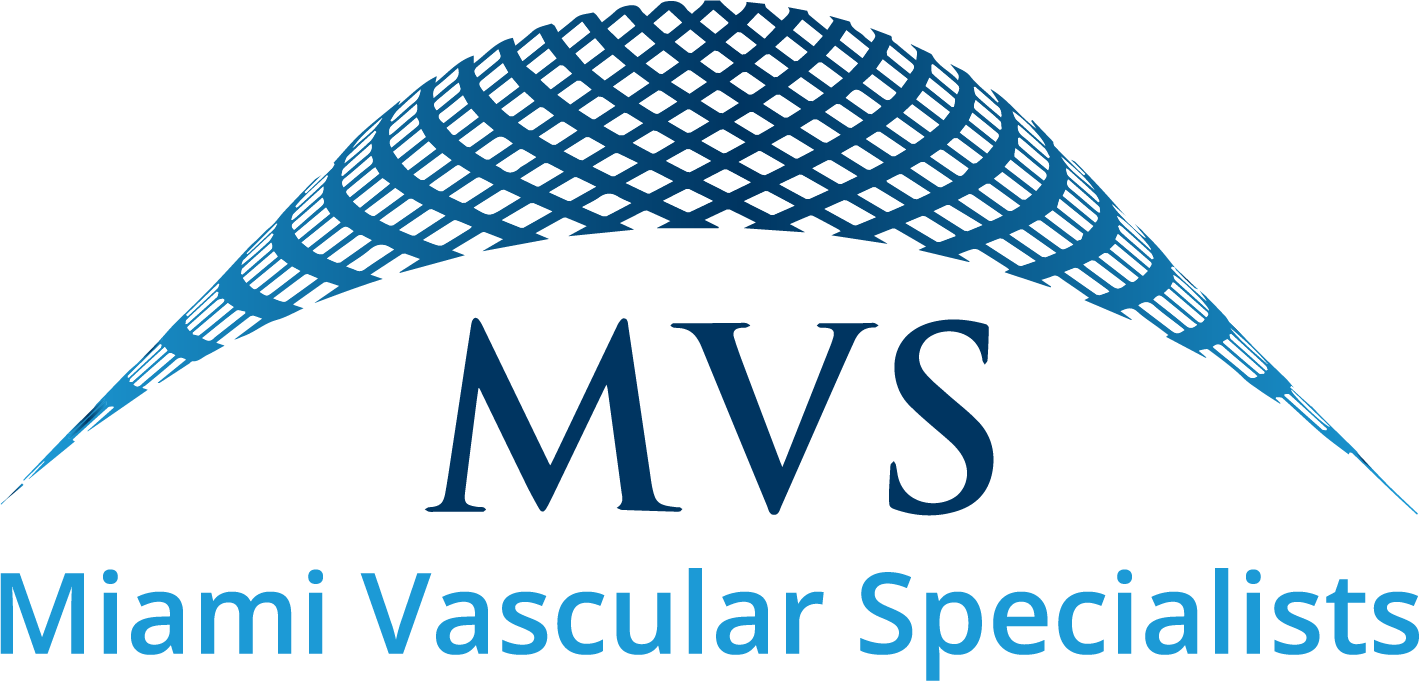Arm Artery Disease
Arm artery disease is a circulatory disorder in which one or more of the arteries in the arm become narrow or blocked. The most common causes are plaque buildup over time or a sudden blockage.

Signs & symptoms
- Arm discomfort or pain
- Arm tightness, heaviness, cramping or weakness
- Cool skin and lack of pulse
- Pain and sensitivity to cold
- Muscle atrophy
- Pain or discomfort while exercising
Risk factors
- Smoking
- High cholesterol
- High blood pressure
- Obesity
- Family history
- Lack of exercise
Diagnosis
Diagnosis begins with a family history and readings to check blood pressure and temperature in both arms. Additional testing may include:
- Segmental blood pressures (blood pressure readings along your arms, hands and fingers)
- Duplex ultrasound
- Chest or neck x-rays
- Computerized axial tomography (CT or CAT scan)
- Magnetic resonance angiography (MRA)
- Angiography (x-rays of your arteries)
Treatments
Treatment depends on the cause and severity of a patient’s arm artery disease.
Non- surgical treatments may include:
- Lifestyle modification (smoking cessation and weight loss)
- An anesthetic injection (sympathetic block)
Surgical procedures for advanced symptoms may include:
- Angioplasty via catheter (inflate and deflate a special balloon to break up plaque)
- Stent to hold the artery open
- A bypass to create an alternative arterial path
- Endarterectomy to remove plaque


